
AeroGenie — Uw intelligente copiloot.
Trending
Categories
Boeing Studies Takeoff Performance in 777-10 Feasibility Analysis
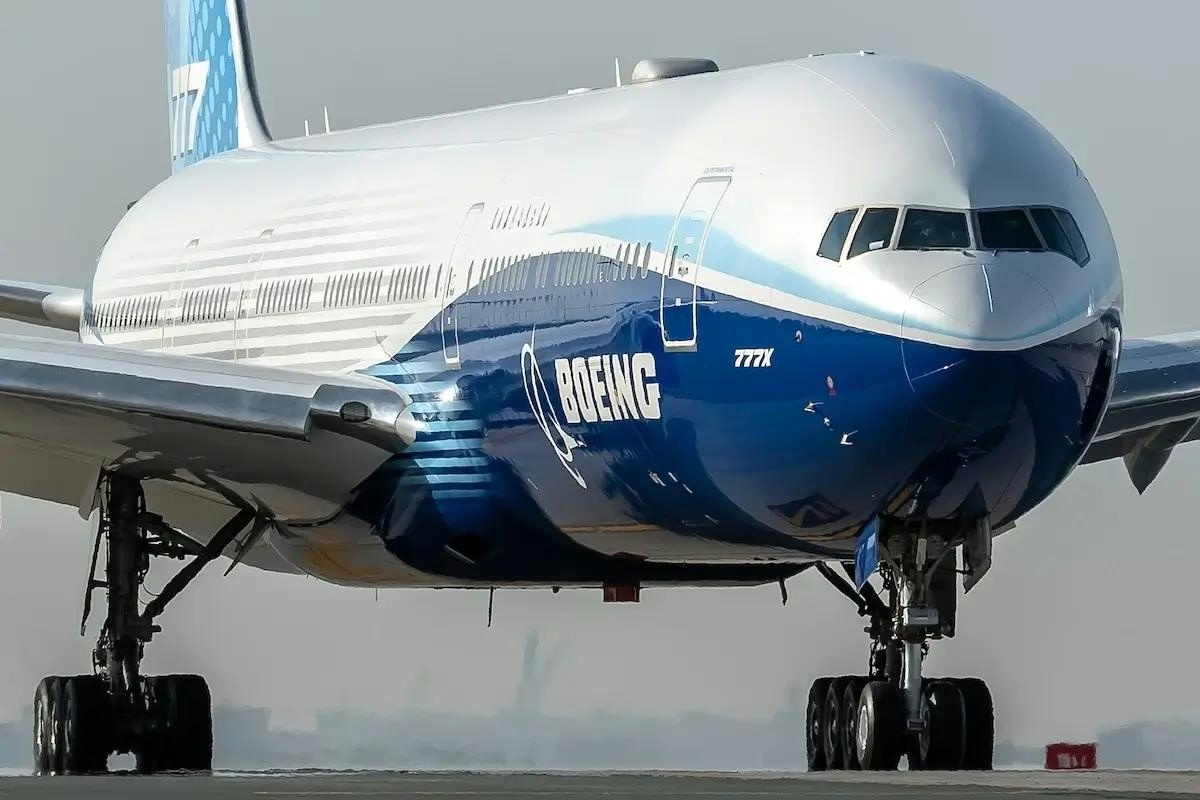
Boeing Studies Takeoff Performance in 777-10 Feasibility Analysis
Boeing is conducting an in-depth feasibility study on the potential development of a stretched 777-10 variant within its 777X family. This initiative aims to address the growing demand for high-capacity twin-engine aircraft and could significantly influence the competitive landscape of long-haul aviation. Central to Boeing’s analysis is the takeoff performance of the proposed aircraft, a critical factor for certification under stringent engine-failure regulations.
Takeoff Performance: A Critical Certification Challenge
Takeoff performance remains one of the most rigorous certification requirements for twin-engine widebody aircraft. Manufacturers must prove that the aircraft can safely continue its takeoff and climb trajectory even if one engine fails at the most critical moment. This requirement becomes increasingly complex with the proposed 777-10, which is expected to accommodate upwards of 470 passengers. Boeing’s engineering team is meticulously evaluating how the extended fuselage will affect essential parameters such as runway length requirements, climb rate, controllability, and structural weight.
Justin Hale, Boeing’s Customer Leader for the 777X program, emphasized the focus of the study, stating, “We’ve committed to a study with Emirates to understand those things. It’s more about the impact on takeoff performance than anything else.”
Emirates’ Role in Driving the 777-10 Development
The impetus for the 777-10 largely stems from Emirates President Tim Clark, who is seeking a viable replacement for the airline’s Airbus A380 fleet. At the Dubai Airshow 2025, Clark expressed confidence in Boeing’s ability to “restore its former glory” but underscored the importance of Boeing fulfilling its commitments. Emirates’ recent announcement of a $38 billion order for 65 Boeing 777-9 aircraft, scheduled for delivery beginning in the second quarter of 2027, further solidifies the airline’s strategic partnership with Boeing. This order brings Emirates’ total Boeing widebody backlog to 315 jets.
Emirates’ support for the 777-10 feasibility study is particularly significant as Boeing continues to navigate certification and delivery delays with the 777-9, challenges that have contributed to a $5.3 billion loss in the third quarter. The airline’s endorsement is viewed as a critical factor in advancing the 777-10 project.
Design Considerations and Market Implications of the 777-10
Boeing is exploring a fuselage stretch of approximately 16 feet for the 777-10, extending its length to around 268 feet. While the 777X’s electronic tailskid protection system is designed to prevent over-rotation during takeoff, the increased size introduces complex considerations related to payload-range tradeoffs, additional structural weight, and runway performance. The ongoing feasibility study aims to address these technical challenges to ensure the aircraft meets certification standards without compromising safety or operational efficiency.
Emirates’ backing highlights both the commercial potential and the engineering hurdles associated with the 777-10. The airline’s interest is expected to influence broader industry dynamics, potentially prompting competitors such as Airbus to consider larger variants of their own widebody aircraft, including the A350. The market’s response will largely depend on the results of Boeing’s study and the strategic moves of rival manufacturers.
Comparative Overview: Boeing 777-9, Proposed 777-10, and Airbus A380
The Boeing 777-9, which first flew in 2020, measures 251 feet in length with a wingspan of 235 feet and a maximum takeoff weight of 351,500 kilograms. The proposed 777-10 would extend to approximately 268 feet, maintaining a similar wingspan and expected to feature the same GE9X engines, though its maximum takeoff weight remains to be determined. In contrast, the Airbus A380-800, which entered service in 2005, is shorter at 238 feet but boasts a wider wingspan of 261 feet and a significantly higher maximum takeoff weight of 575,000 kilograms, powered by four engines.
As Boeing evaluates the technical viability and market demand for the 777-10, the outcome of this study will play a pivotal role in shaping the future of high-capacity, long-haul aviation and intensifying competition among the world’s leading aircraft manufacturers.
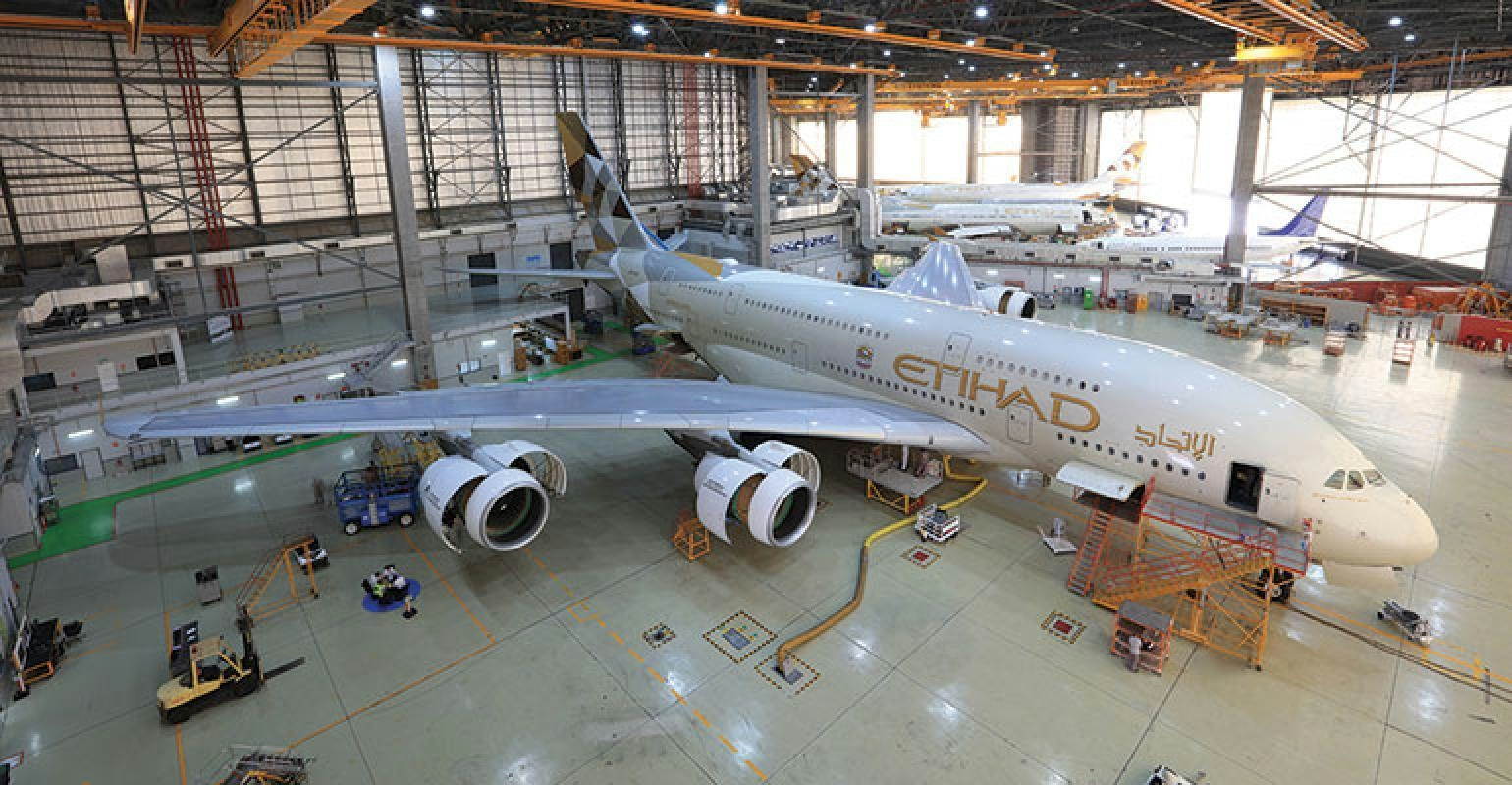
Etihad Airways’ Airbus Widebody Expansion Supports UK Manufacturing
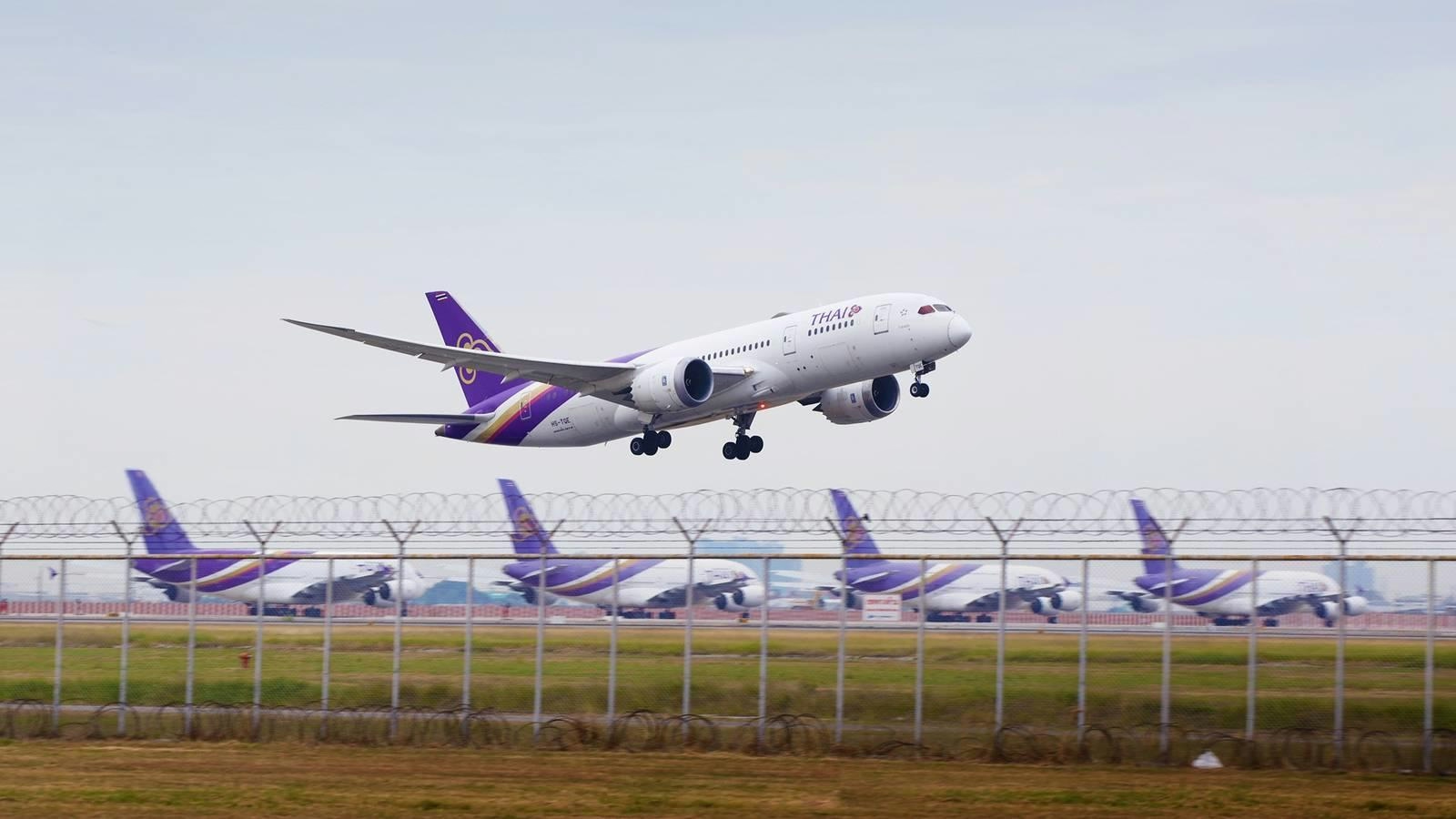
Thai Airways seeks more widebodies to develop its hub strategy
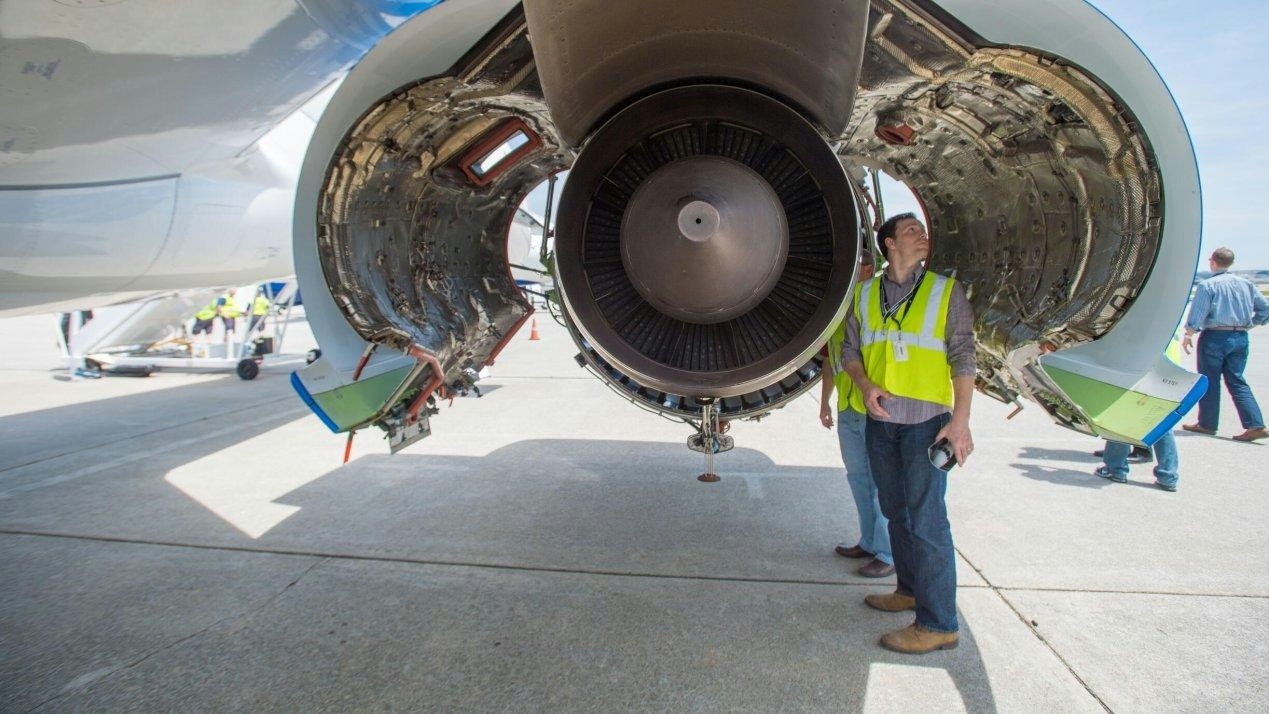
Engine Shortages Pose Major Challenge for Airbus A220
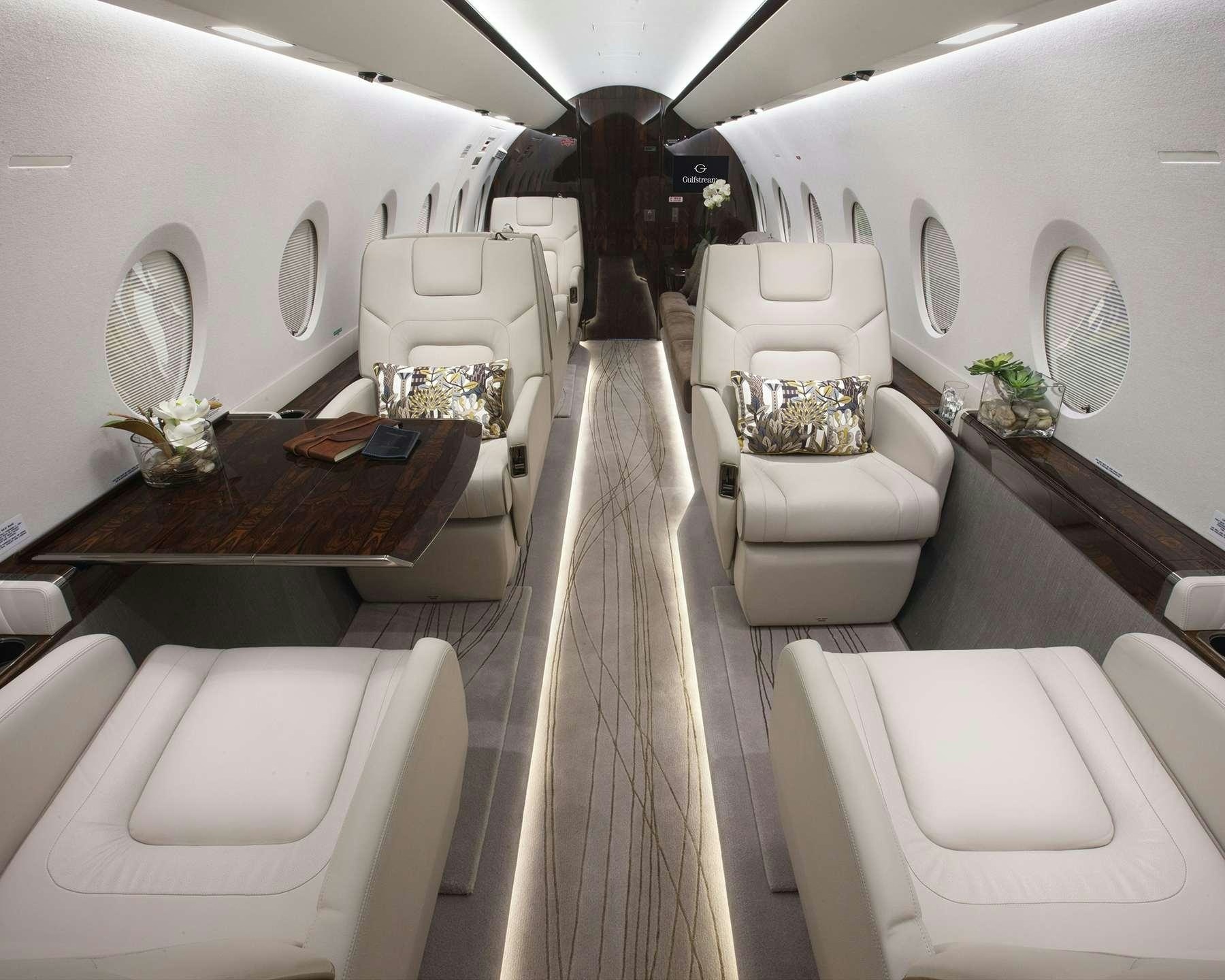
TLC Jet to Acquire Private Aviation Operator Privaira
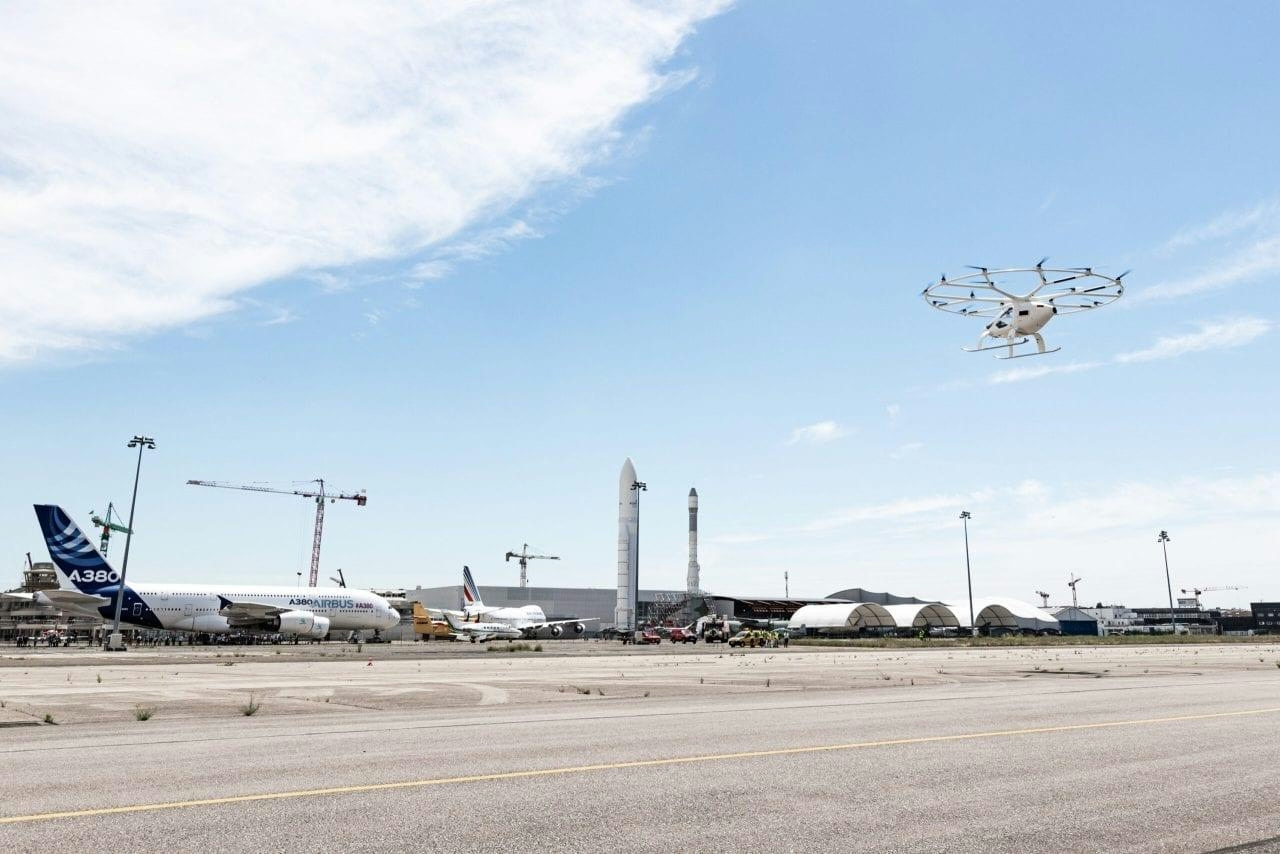
Volocopter to Launch First European eVTOL Sandbox Program in 2026

Joby Reveals Locations for New Vertiports

Ariyax Capital Launches AXPT Initiative
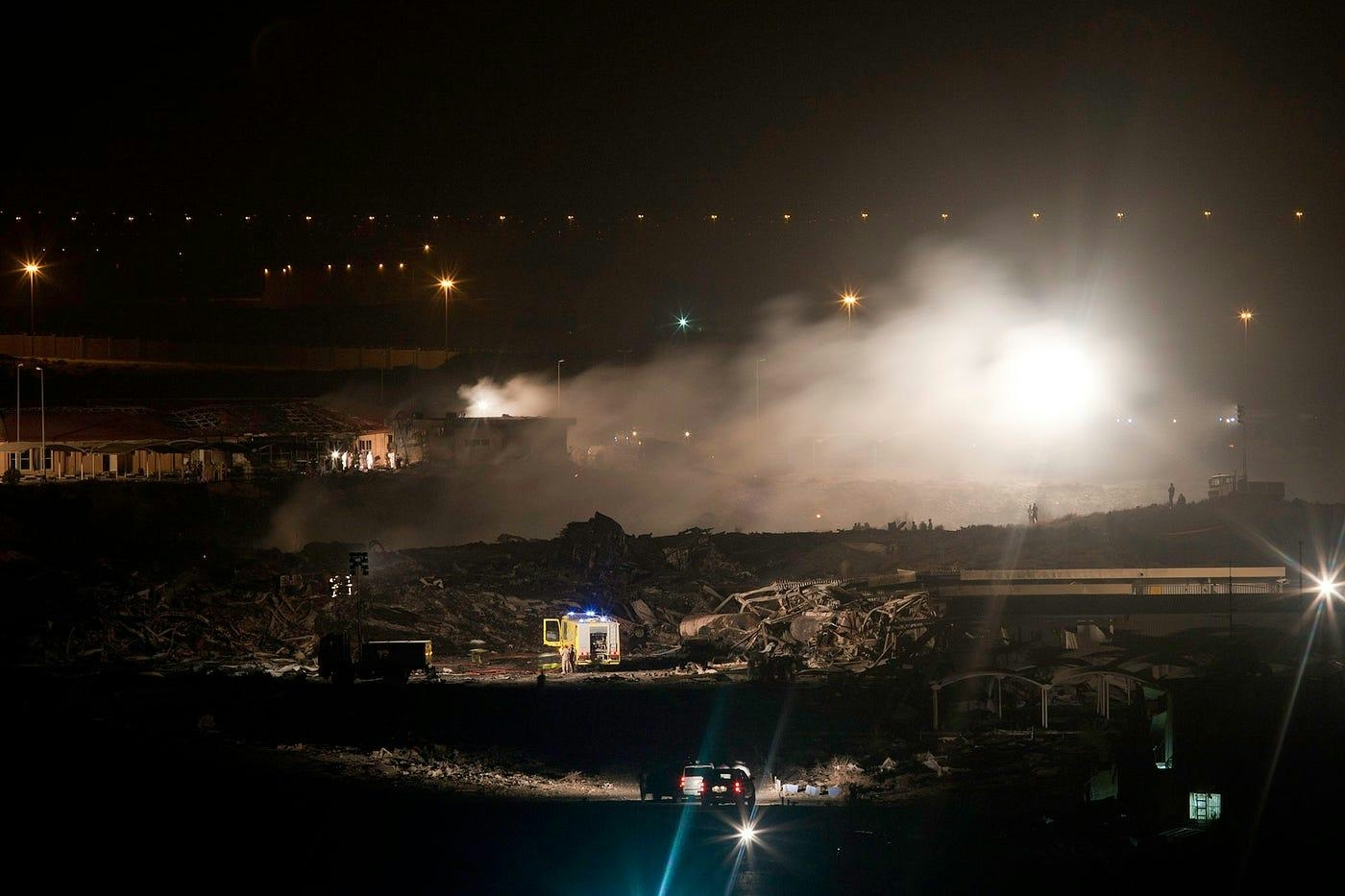
Report: 747 Engine at Full Throttle During Fatal Hong Kong Runway Excursion
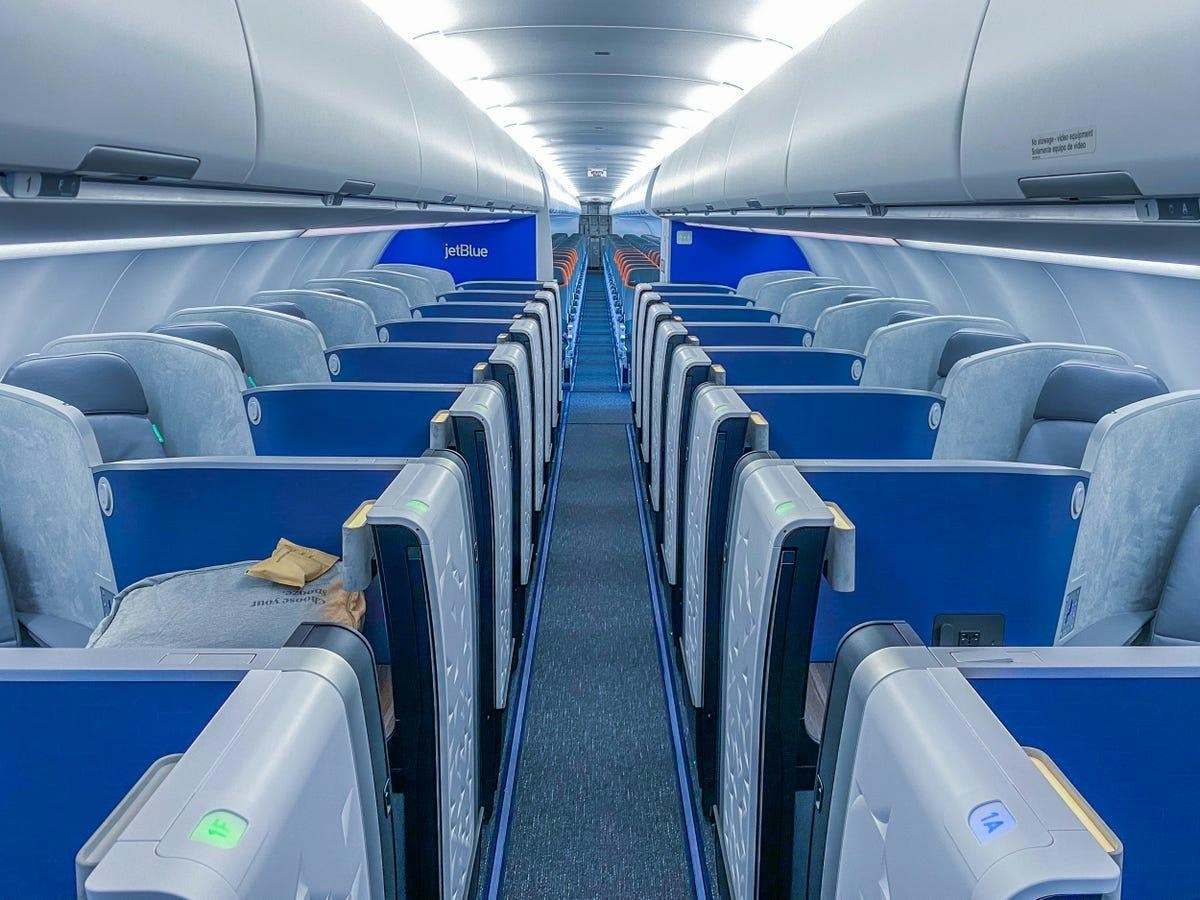
Airlines Shift From Widebody to Narrowbody Aircraft on Long-Haul Routes
